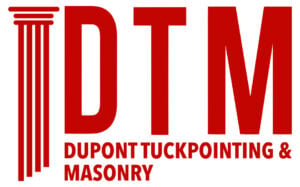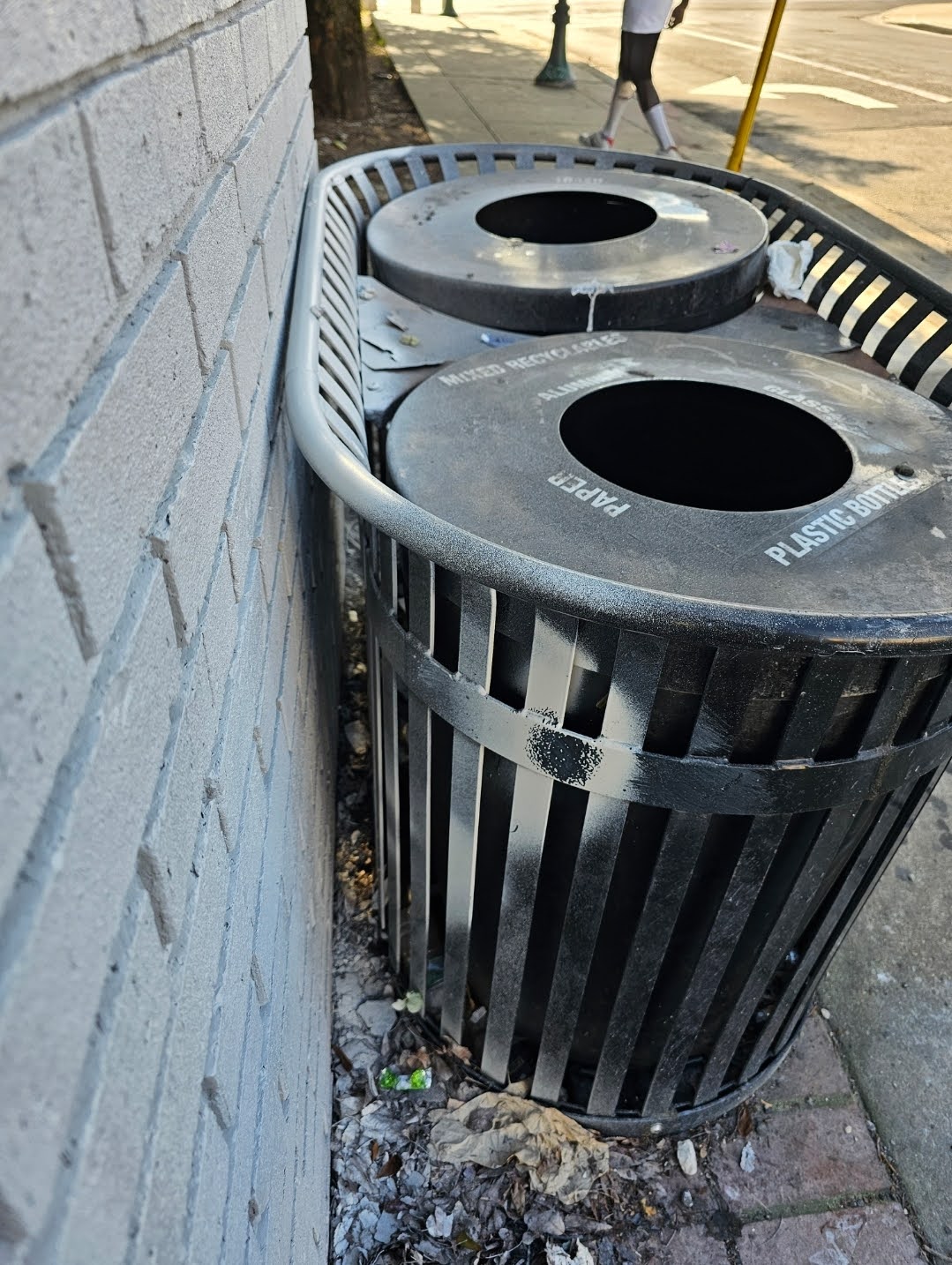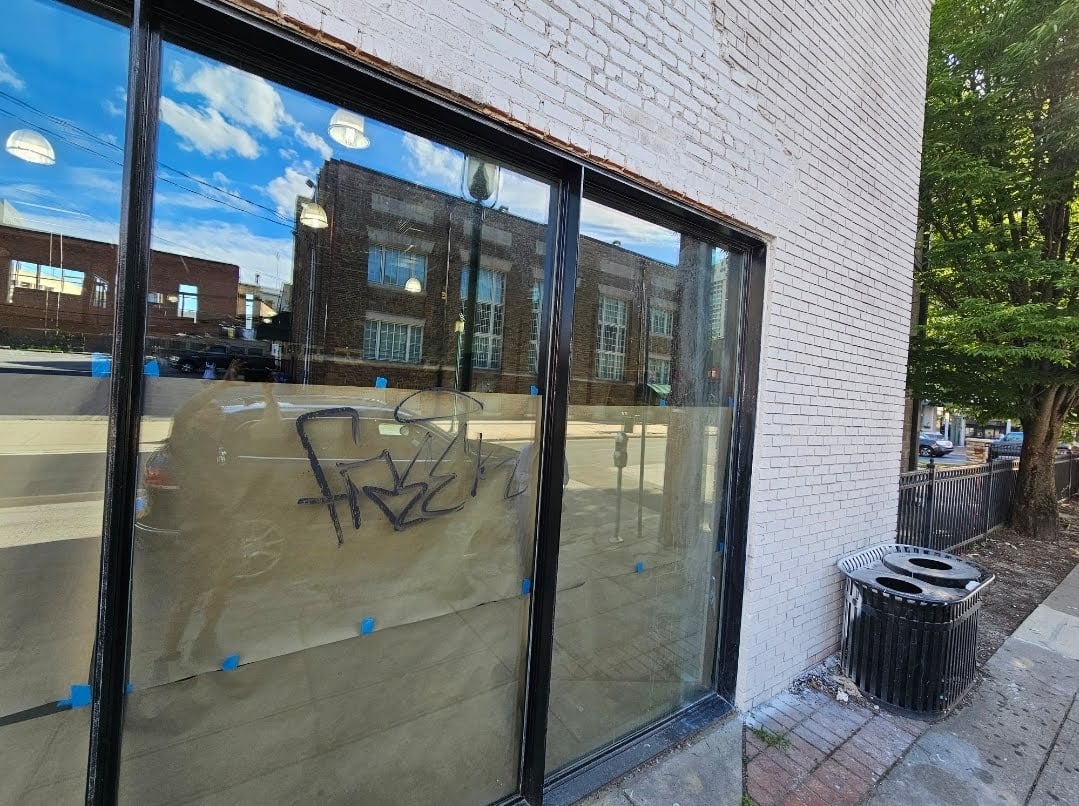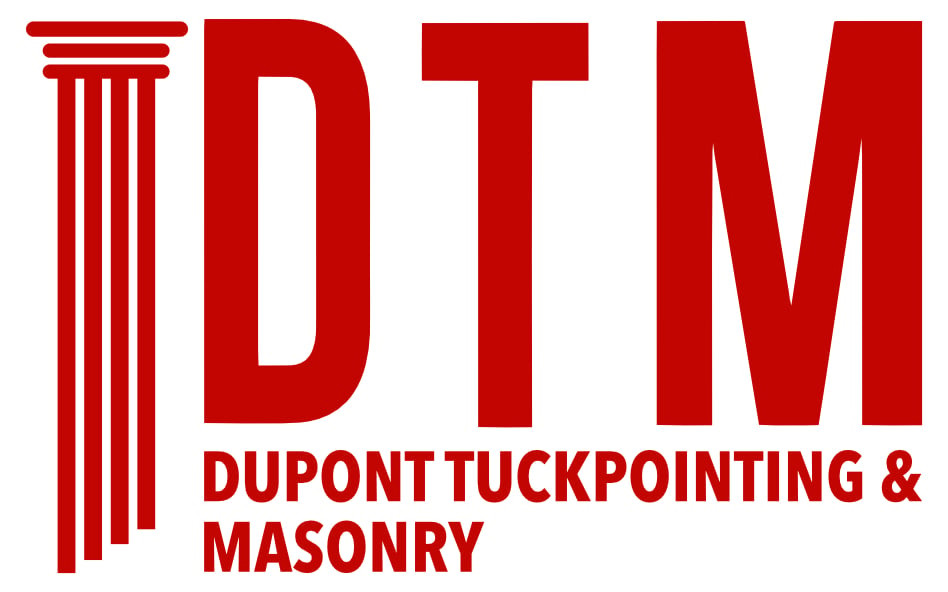Historic Stonework Repairs Using Dutchman Patching
Our company, Infinity Design Solutions, generally works on a wide range of masonry restoration and repair. Particularly, we’re one of the top companies in Washington DC for specialization and repointing and historic brick restoration. Once in a while though we see things that deviate from the more typical type of brick repairs and are focused on restoration of historic stonework.
In the picture below, for example, you can see a picture of a stone area that has been repaired with a Dutchman patch. There are multiple different types of repairs that can be done to salvage and or restore historic stone work, this is just one type. This is an interesting example that we can use to teach and explain to our website and blog audience. Our customers also can benefit from understanding some of the details related to historic masonry restoration.

In general, in many different types of masonry construction, corners are often the most susceptible areas of the historically built assemblies. This particular corner happens to be at the lower end of a guardrail. These guard rails are often referred to as cheek walls. Instead of being built with a solid masonry wall, a guardrail can be built with something as a metal rail. If it’s built with just a metal rail, it will also need balusters at certain increments. Those balusters, or in this case a solid cheek wall, can prevent people from falling off the side.

In some cases, damage to masonry of this type is referred to as spalling. In most cases, spalling is a deterioration or delamination of masonry at the outer edge or outer face of a facade. In this particular case, because it’s a susceptible corner, the damage appears to be related to abrasion or impact. If people are carrying things down the stairway and accidentally make a forceful contact with the corner, it’s one of the weakest spots.
From a typical masonry resistance perspective, based on it generally lacks high or significant tensile resistance strength. Tensile resistance is sort of the opposite of compressive resistance strength. Compressive strength can be explained as a resistance to a force which smooshes things together. Tensile strength, on the other hand, can be the resistance to breaking off of something out on an edge. Unlike compressive strength, tensile resistance is basically the opposite, more of a resistance to expansion or separation of elements.

Since masonry generally lacks inherent tensile strength, it’s better not to build masonry assemblies with elements out on extreme points or extensions away from the main body of masonry. In most cases, with masonry, 90° corners are the limits of the tapering or extension of points in masonry elements.
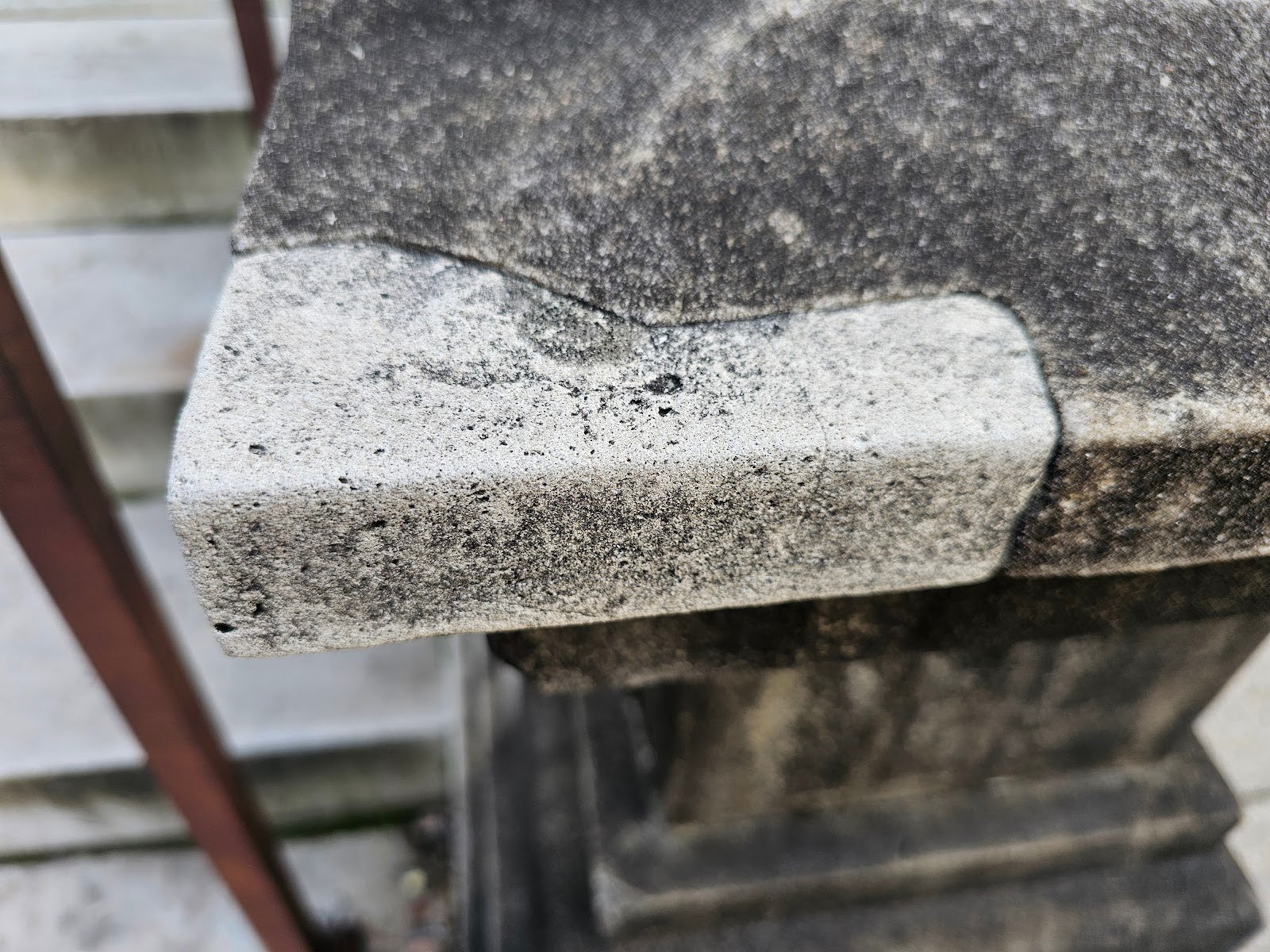
Before the Dutchman patch was installed or applied to this corner of the guardrail, the remaining substrate was prepared. That preparation involves grinding or cutting back of the remaining face of the spalled area. The cutting back of the original substrate provided a more planar substrate for the adhesion of the new patching material. A jagged edge isn’t necessarily bad, inherently. In fact a jagged or rough edge can inherently provide what we sometimes refer to as a key.
A key is an intentionally rough or multiplaner surface that is better for bonding and locking-in of masonry elements. Here though, in sacrificing the multiplanar characteristics of the substrate, they have also removed any damaged or deteriorated elements at the existing surface of the substrate. That helps by providing a more solid and dependable substrate for bondability of the new material. In many contexts, in restoration, we refer to the need for proper substrate preparation which includes cutting or cleaning back to a solid surface.

The dependability of the surface is important because without an integrally strong substrate, the new patch could essentially deteriorate or delaminate away from the surface at an accelerated rate. The patch here is intended to last for years to come. Whenever construction is built on top of a substrate that lacks strong adhesion or bonding, the new application is inherently weak.

Our company, Dupont Tuckpointing and Masonry, specializes in masonry restoration, historic brick repointing, and tuckpointing services in the Washington D.C. area. These buildings are uniquely historic, and their preservation requires skilled masons who are technically trained in the best practices and knowledge of proper restoration techniques.
We understand the significance of maintaining the architectural integrity of these historic structures, and our team of experienced professionals is dedicated to delivering exceptional craftsmanship. Whether you require masonry restoration, tuckpointing, or brick repointing services, we are here to help.
At Dupont Tuckpointing and Masonry-, we take pride in our work and strive to ensure that every project is executed with the utmost care and attention to detail. We are committed to preserving the rich heritage of Washington D.C.’s built environment for generations to come.
If you have any questions or needs regarding masonry restoration, historic brick repointing, or tuckpointing services, please do not hesitate to reach out to us. We would be delighted to assist you and provide you with the expertise and quality workmanship that your historic property deserves.
You can reach us by telephone at (202) 796-7644 and you can reach us by email from the contact form on our website at https://duponttuckpointingmasonrydc.com/contact-us/.
